Bull-head,
Eichler's Caltrop
Display all 9 images
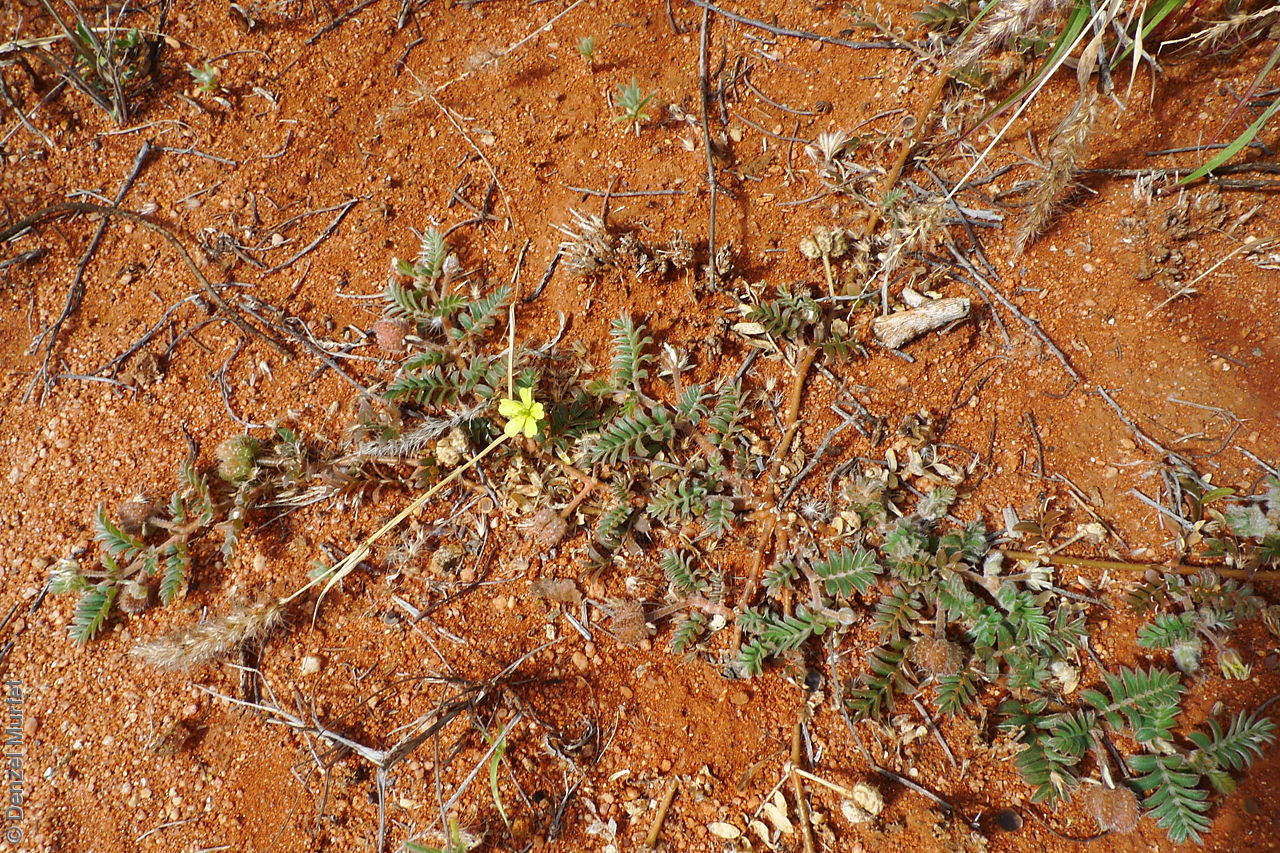

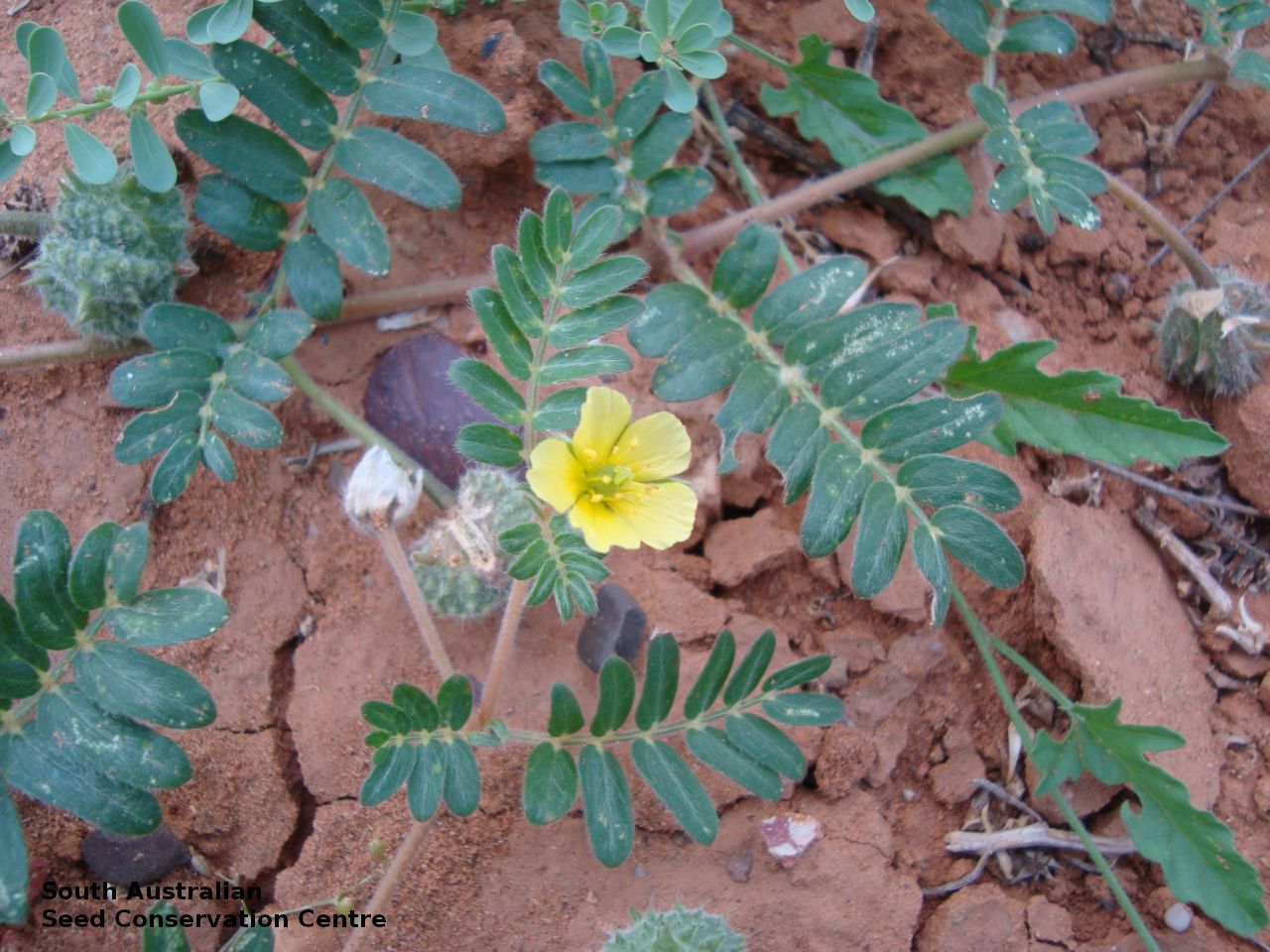

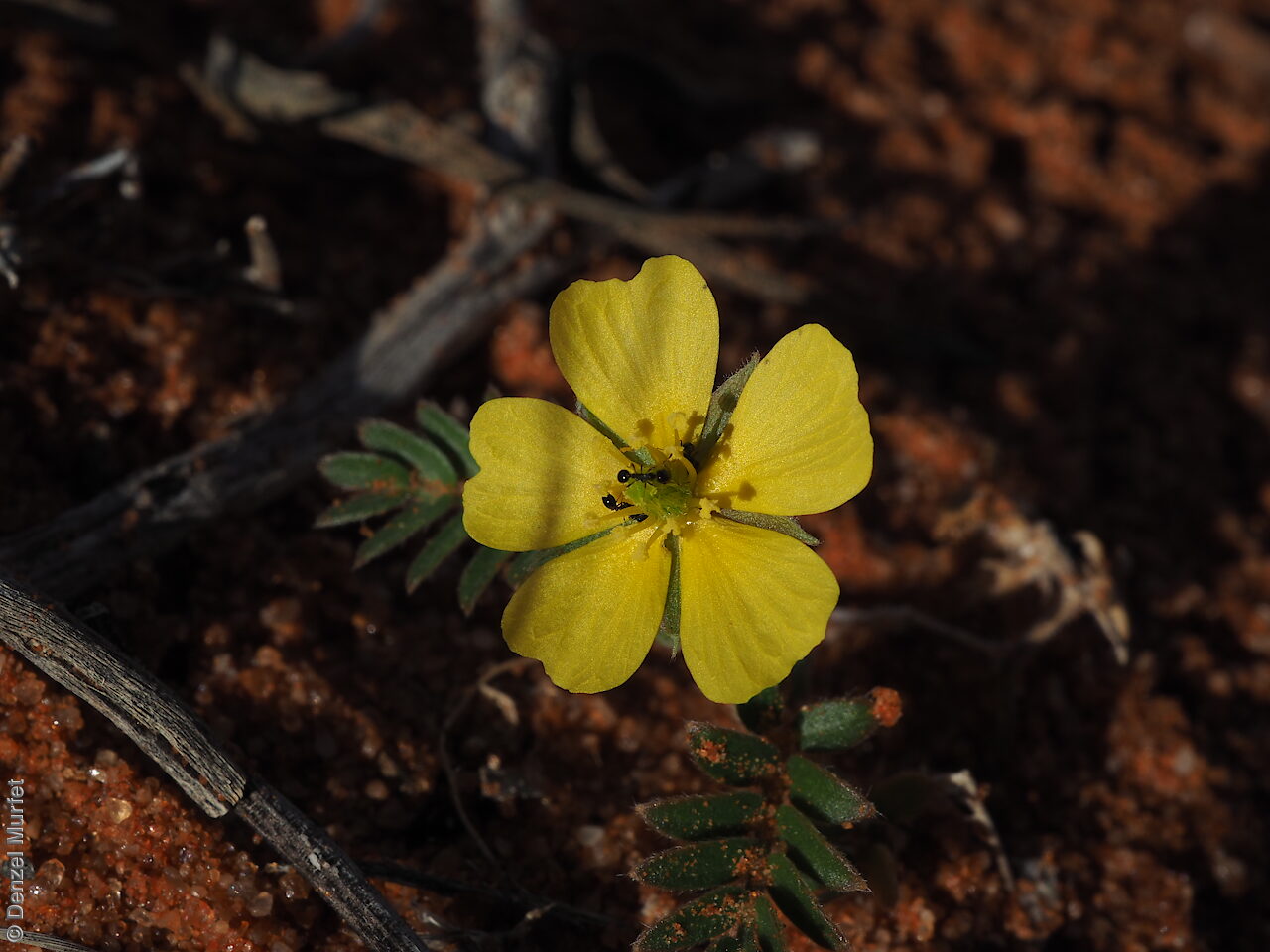
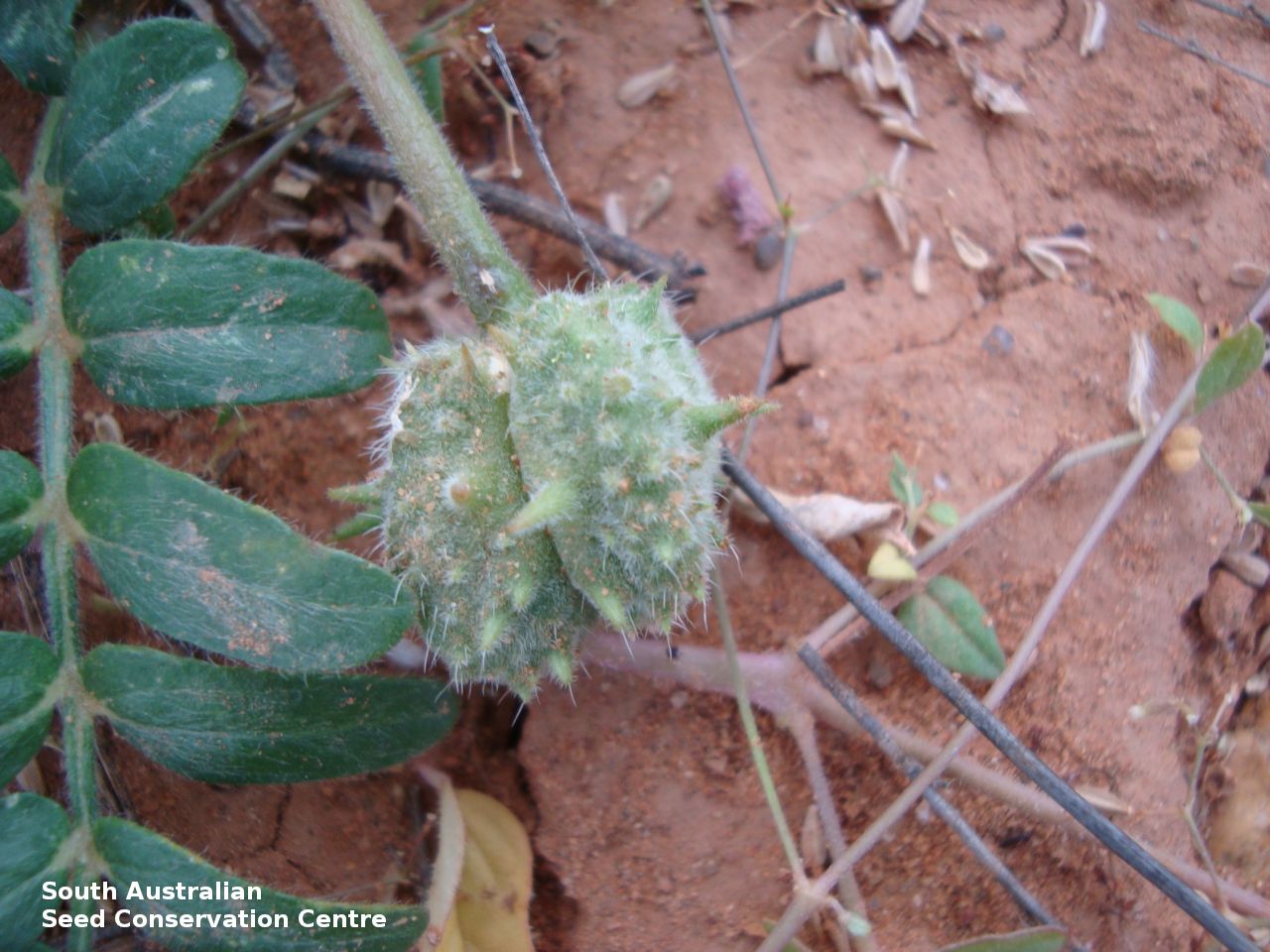
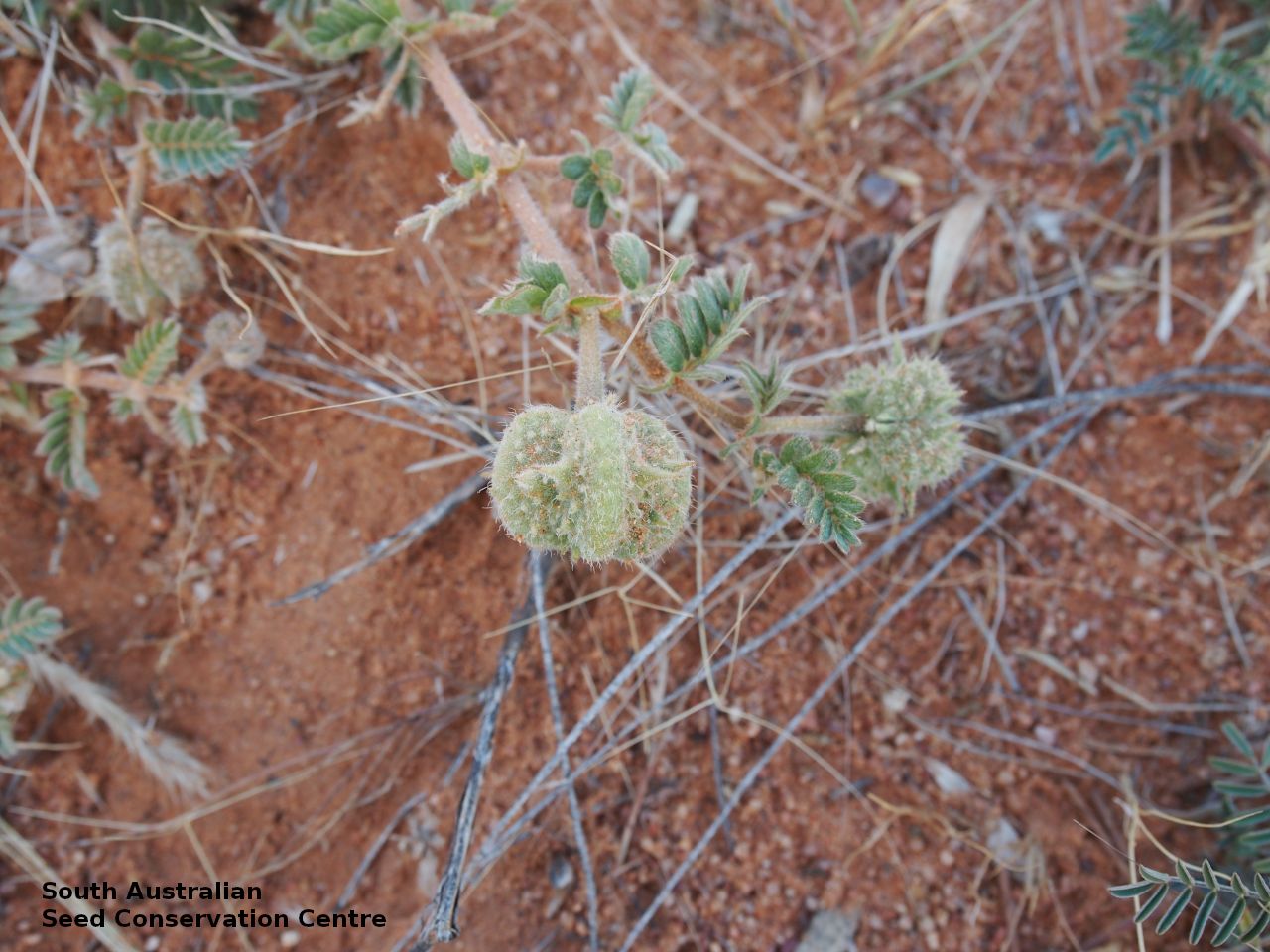
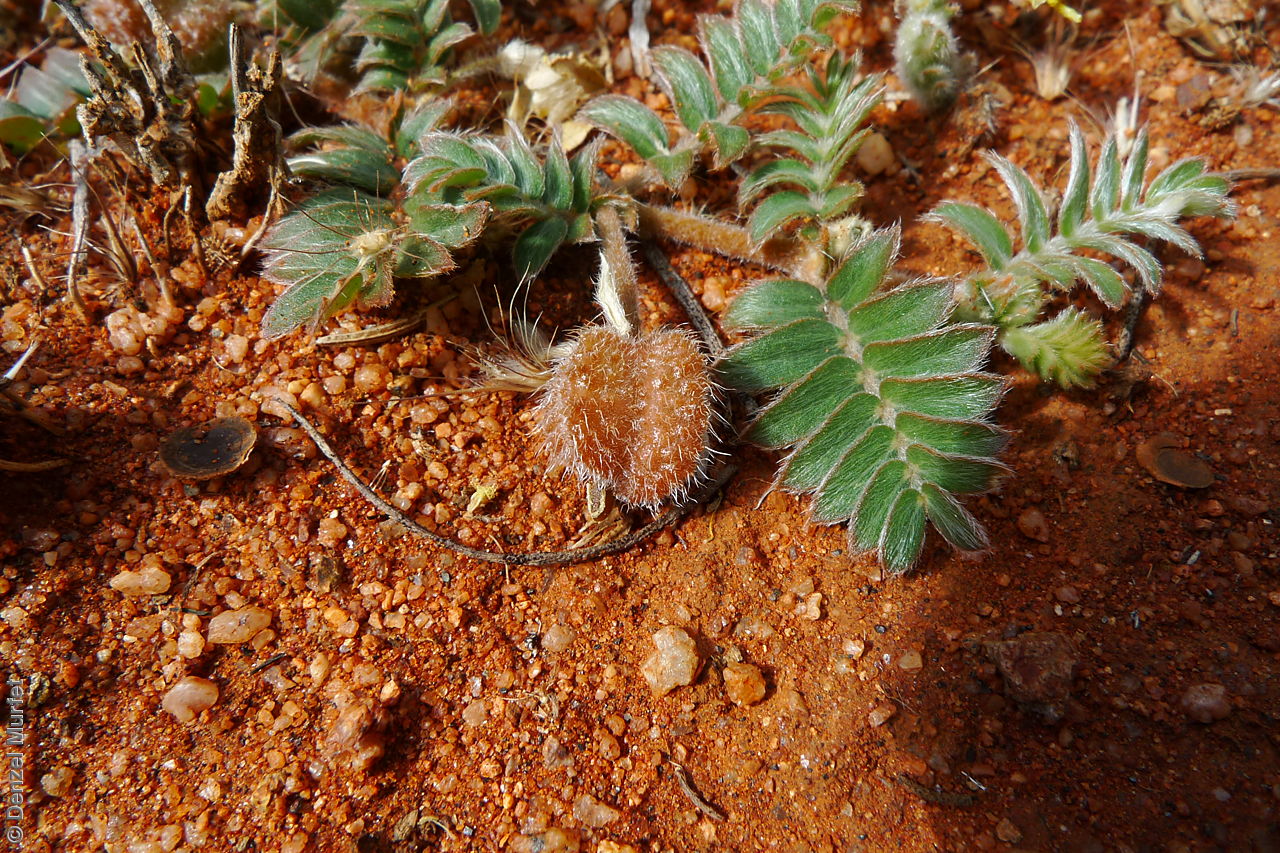
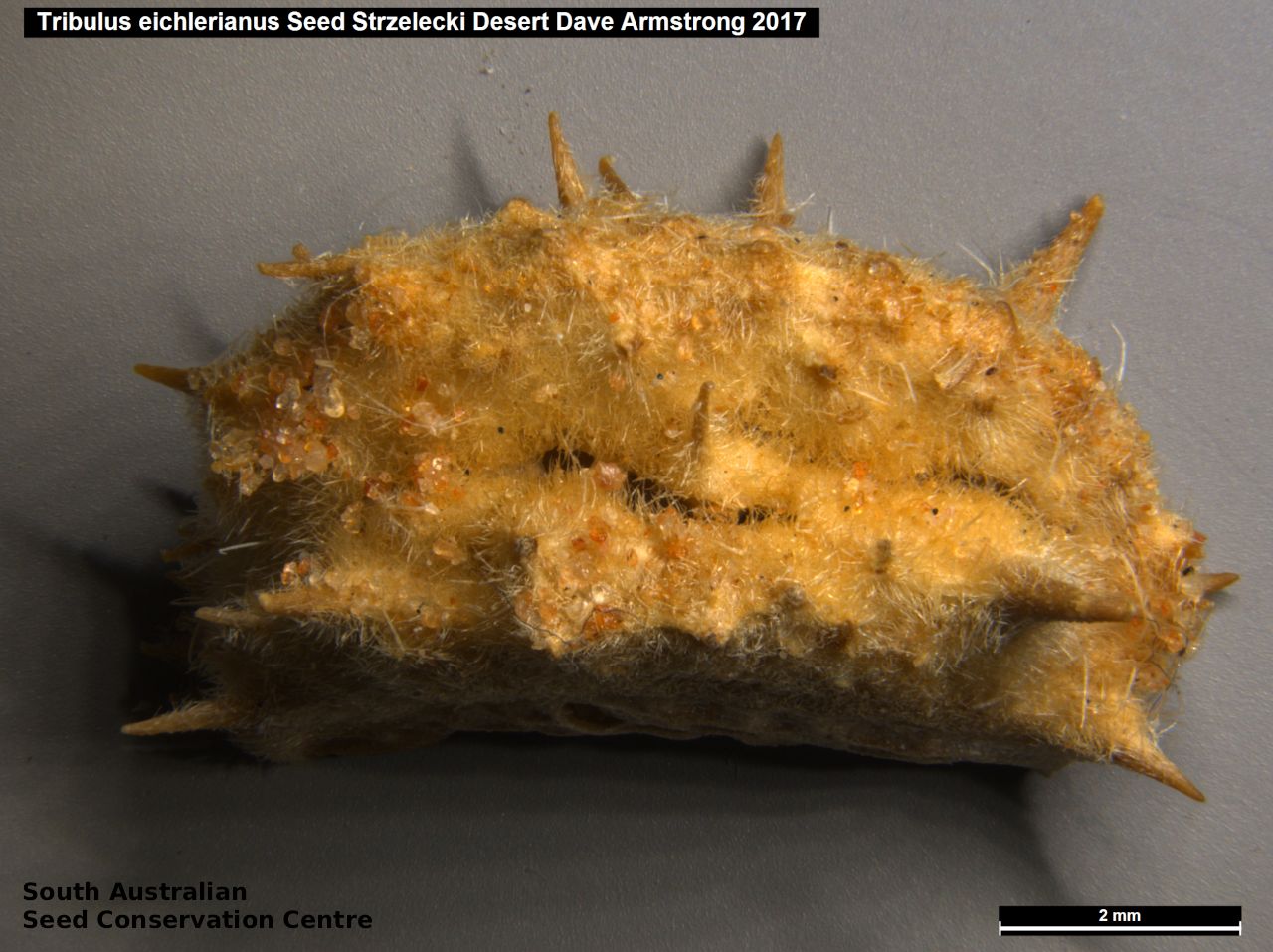
Regional Species Conservation Assessments per IBRA subregion.


Least concern
Near threatened
Rare
Vulnerable
Endangered
Critically endangered
Extinct
Data deficient
Adelaide
Arkaroola
Ceduna
Coober Pedy
Hawker
Innamincka
Marla
Marree
Mount Gambier
Oodnadatta
Renmark
Wudinna
Keith
Yunta
Display IBRA region text
| Olary Spur (FLB03) | Flinders Lofty Block | Near Threatened (Probable Decline) [under collected; threatened by crossing with weedy spp.] |
| Northern Flinders (FLB05) | | Least Concern |
| Myall Plains (GAW01) | Gawler | Rare (IUCN: RA d(ii)) [records not databased, could be crossing with other Tribuls spp.] |
| Gawler Lakes (GAW03) | | Least Concern |
| Arcoona Plateau (GAW04) | | Least Concern |
| Kingoonya (GAW05) | | Least Concern |
| Torrens (GAW06) | | Least Concern |
| Roxby (GAW07) | | Least Concern |
| Maralinga (GVD03) | Great Victoria Desert | Least Concern |
| Kintore (GVD04) | | Near Threatened |
| Tallaringa (GVD05) | | Least Concern |
| Nullarbor Plain (NUL02) | Nullarbor | Least Concern |
| Barrier Range (BHC01) | Broken Hill Complex | Near Threatened (Probable Decline) [under collected; threatened by crossing with weedy spp.] |
| Curnamona (BHC06) | | Near Threatened (Probable Decline) [under collected; threatened by crossing with weedy spp.] |
| Simpson Desert (SSD02) | Simpson Strzelecki Dunefields | Least Concern |
| Dieri (SSD03) | | Least Concern |
| Warriner (SSD04) | | Least Concern |
| Strzelecki Desert (SSD05) | | Least Concern |
| Breakaways (STP01) | Stony Plains | Least Concern |
| Oodnadatta (STP02) | | Least Concern |
| Murnpeowie (STP03) | | Least Concern |
| Peake-Dennison Inlier (STP04) | | Least Concern |
| Macumba (STP05) | | Least Concern |
| Witjira (STP06) | | Least Concern |
| Baltana (STP07) | | Least Concern |
| Sturt Stony Desert (CHC02) | Channel Country | Least Concern |
| Diamantina-Eyre (CHC04) | | Least Concern |
| Coongie (CHC06) | | Least Concern |
| Lake Pure (CHC07) | | Least Concern |
| Mann-Musgrave Block (CER01) | Central Ranges | Near Threatened |
| Everard Block (CER03) | | Least Concern |
| Tieyon (FIN03) | Finke | Least Concern |
| Pedirka (FIN04) | | Least Concern |
| 2 of 6 subregions | Flinders Lofty Block | Least Concern , Near Threatened |
| 6 of 8 subregions | Gawler | Least Concern , Rare |
| 3 of 4 subregions | Great Victoria Desert | Least Concern , Near Threatened |
| Nullarbor Plain (NUL02) | Nullarbor | Least Concern |
| 2 of 4 subregions | Broken Hill Complex | Near Threatened |
| 4 of 4 subregions | Simpson Strzelecki Dunefields | Least Concern |
| 7 of 7 subregions | Stony Plains | Least Concern |
| 4 of 4 subregions | Channel Country | Least Concern |
| 2 of 3 subregions | Central Ranges | Least Concern , Near Threatened |
| 2 of 2 subregions | Finke | Least Concern |
Botanical art
Kath Alcock paintings: 2
Prior names
Tribulus occidentalis, partly
Common names
Bull-head
Eichler's Caltrop
Etymology
Tribulus from the Greek 'tribolos' meaning water-chestnut and translated into Latin as 'tribulos' which originally meant the caltrop, a 4-pointed military instrument, employed to lame advancing cavalry, and the name also applied to Tribulus terrestris. Eichlerianus named after Hansjoerg Eichler (1916-1992), a German born botanist who took up the position of first Keeper of the State Herbarium of South Australia in 1955, and in 1973 was appointed as Curator of Herbarium Australiense, Australian Capital Territory, where he remained until his retirement in 1981.
Distribution and status
Found across the northern part of South Australia, growing on red sandy soil. Also found in Western Australia, Northern Territory, Queensland and New South Wales. Native. Common in South Australia. Uncommon in Western Australia. Common in the other states.
Herbarium regions: North Western, Lake Eyre, Gairdner-Torrens, Flinders Ranges, Eastern
AVH map: SA distribution map (external link)
Plant description
Prostrate or ascending herb with hairy branches to 1 m long. Leaves with 6 to 9 pairs of leaflets, leaflets oblong, to 15 mm long and 6 mm wide. Flowers yellow with 5 petals to 9 mm long and sepals to 7 mm long. Flowering between February and September. Fruits are hairy woody ball to 8 mm long with numerous spines, breaking into 4 segments. Seeds are contain in each woody fruit segment. Seed embryo type is spatulate fully developed.
Seed collection and propagation
Collect seeds between April and November. Collect fruits that are hard and turning brown. Some fruits maybe split and laying on the ground. Be careful when collecting as the fruits are spiny. No further cleaning is required if only fruits are collected. Store the seeds with a desiccant such as dried silica beads or dry rice, in an air tight container in a cool and dry place. Seed viability is usually high. This species have physical and physiological dormancies that needs to be overcome for the seed to germinate.










